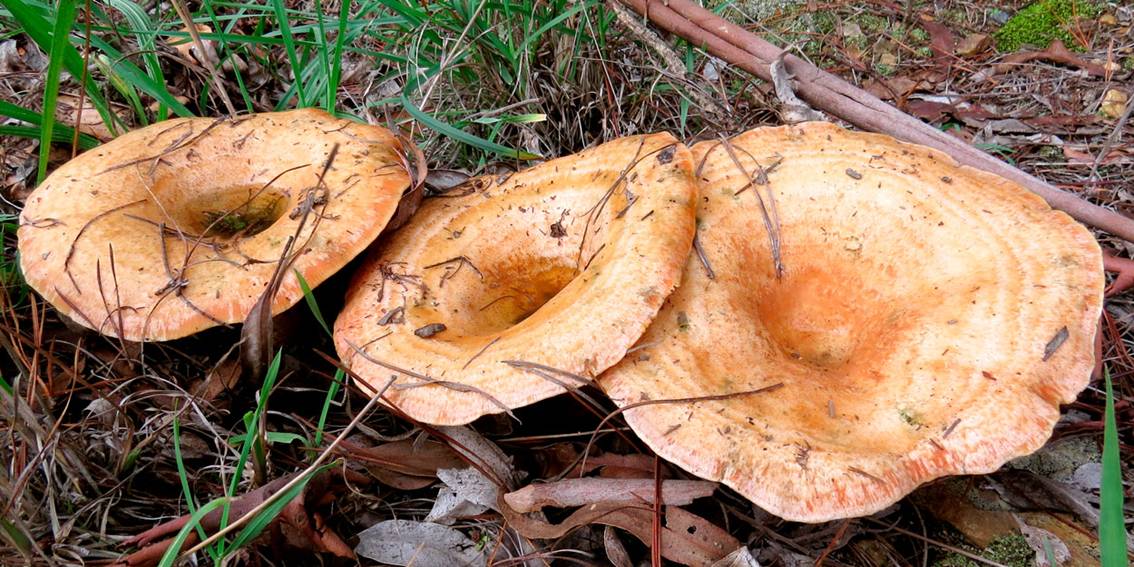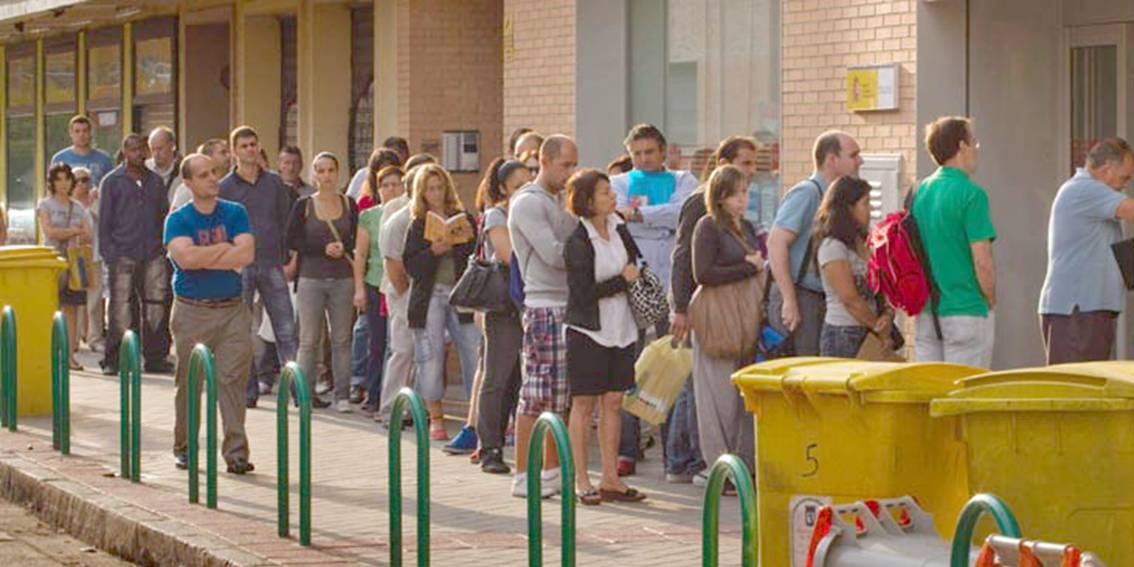The Mushroom Season
Mushroom picking in Cyprus is a cherished tradition that draws locals and nature enthusiasts alike. The island’s diverse terrain, from the Troodos Mountains to the lower plains, provides the perfect environment for several edible mushroom species. The season for mushroom picking typically spans from October to April, with a peak during the cooler, wetter months of December through February. During this time, the rain and mild temperatures create ideal conditions for mushrooms to thrive.
Best Time and Places for Mushroom Picking
October signals the beginning of the mushroom-picking season in Cyprus. Early rains in autumn trigger the growth of several species, and mushroom foragers head to the forests shortly after. The season’s length depends largely on weather patterns, but the prime months fall between November and February.
The Troodos Mountains and their surrounding areas are the most popular spots for mushroom picking. With their dense pine forests, rich soil, and plenty of moisture, they provide the ideal conditions for a wide variety of mushrooms to flourish. Lower altitude regions like Machairas and the Paphos Forest also offer good mushroom-hunting grounds.
Common Edible Mushrooms in Cyprus
Several mushroom species in Cyprus are edible, but some stand out as the most commonly sought after by both novices and experts.
Pleurotus eryngii (King Oyster Mushroom) – Often found near grasslands and meadows, the King Oyster Mushroom is highly valued for its meaty texture and earthy flavour. Foragers often spot them in late autumn and early winter.

Amanita caesarea (Caesar’s Mushroom) – Known for its distinct orange cap and delicate flavour, Caesar’s Mushroom grows in the high-altitude regions of Cyprus. It usually emerges after a spell of rain and thrives in the cooler months.

Lactarius deliciosus (Saffron Milk Cap) – One of the most popular mushrooms among Cypriot foragers, the Saffron Milk Cap features a bright orange colour and grows under pine trees. It appears in the late autumn, and its nutty flavour makes it a favourite in Cypriot cuisine.

Boletus edulis (Porcini Mushroom) – Porcini mushrooms are highly prized for their rich, umami flavour. They usually grow under pine trees in the Troodos region and are often found during the peak of the season, between November and January.

How to Pick Mushrooms in Cyprus
Mushroom picking requires knowledge, patience, and a deep respect for nature. It’s crucial to ensure that the mushrooms you gather are safe to eat, as several toxic varieties closely resemble edible ones.
Preparation: Bring the right gear. A basket works best for collecting mushrooms, as it allows the spores to fall out, promoting further growth in the area. Carry a small knife to cut the mushrooms at their base, and avoid pulling them out of the ground, as this damages the mycelium (the underground root system).
Identification: Learn how to properly identify mushrooms before setting out. Many edible mushrooms have toxic look-alikes, and consuming the wrong species can result in serious health issues. Take along a mushroom identification guide specific to Cyprus or, better yet, join experienced foragers during your first outings. Local foraging groups often host trips where beginners can learn how to safely pick mushrooms. Always remember the golden rule: When in doubt, leave it out.
Ethical Foraging: Only take what you need. Overharvesting mushrooms can harm the local ecosystem and reduce the number available for future seasons. Avoid stepping on smaller or immature mushrooms, as these still need time to grow and spread their spores. Foragers should also avoid using plastic bags, as these can cause the mushrooms to rot quickly.
Where to Search: Focus on shaded areas with moist soil, as mushrooms thrive in damp environments. After rainfalls, you’ll find the best conditions for mushroom growth. Look under trees, particularly pines and oaks, and in grassy clearings. Avoid areas with high foot traffic, as these mushrooms may be contaminated or damaged.
What to Avoid: Steer clear of mushrooms with a red or yellow cap, as many of these belong to the Amanita family, which includes some of the most poisonous varieties. Some Amanitas are deadly even in small amounts. If you come across a mushroom that looks unfamiliar or suspicious, it’s safer to leave it behind.
Cleaning and Storing: After picking, clean your mushrooms gently using a soft brush or a damp cloth to remove dirt. Avoid washing them under running water, as they absorb moisture easily and can become soggy. Mushrooms spoil quickly, so it’s best to consume them within a day or two of harvesting. For long-term storage, you can dry mushrooms or freeze them after a quick blanching.
Safety First
Mushroom picking offers a rewarding way to connect with nature, but it also comes with risks. Eating the wrong mushroom can lead to nausea, dizziness, or even death in extreme cases. If you ever feel uncertain about a mushroom’s safety, consult an expert or avoid it altogether. Some local pharmacies and foraging groups offer identification services to help you confirm whether your mushrooms are safe to eat.
Mushroom picking in Cyprus allows you to immerse yourself in the island’s rich natural environment while enjoying the fruits of your labour. With the right preparation, knowledge, and respect for the land, you can safely experience this rewarding pastime.




